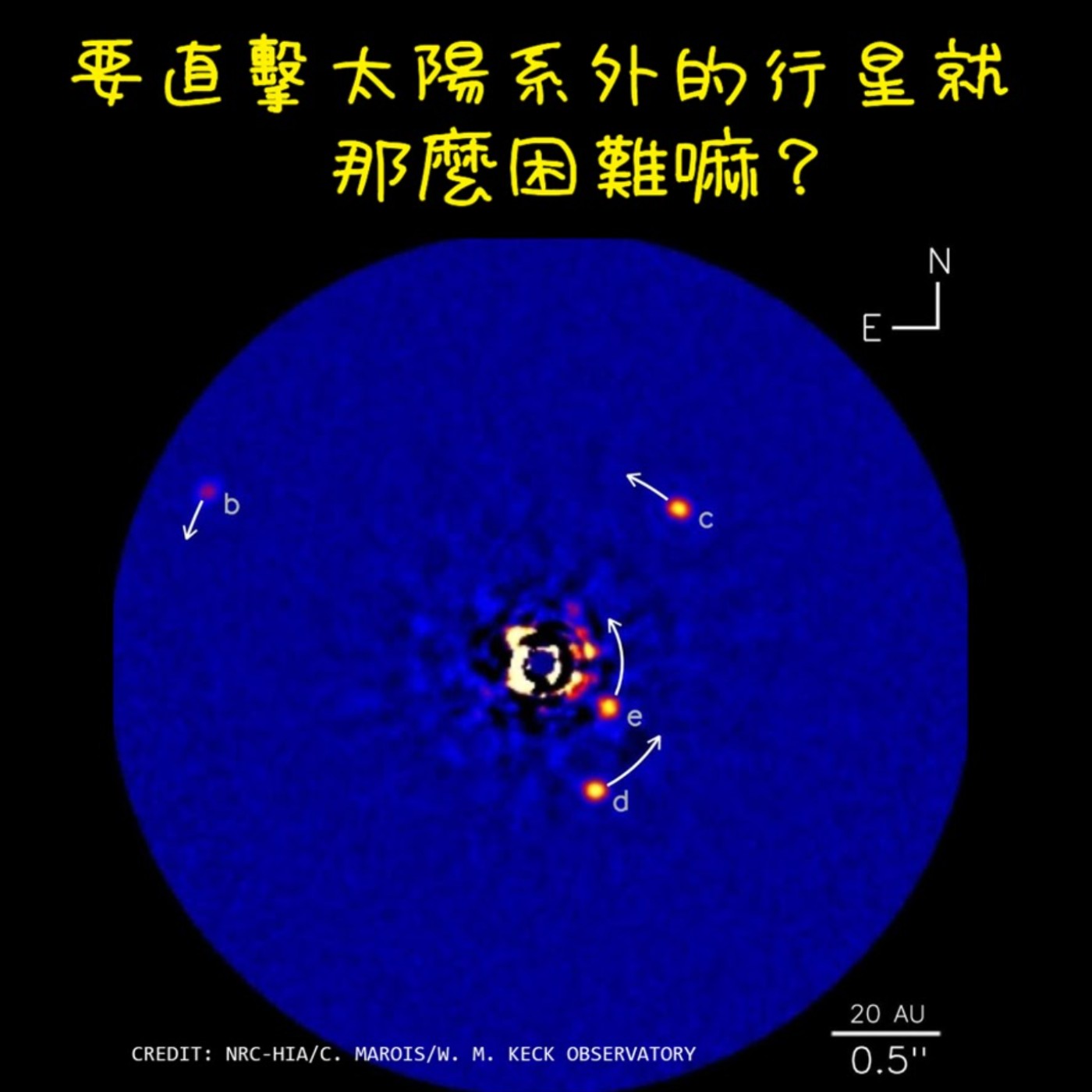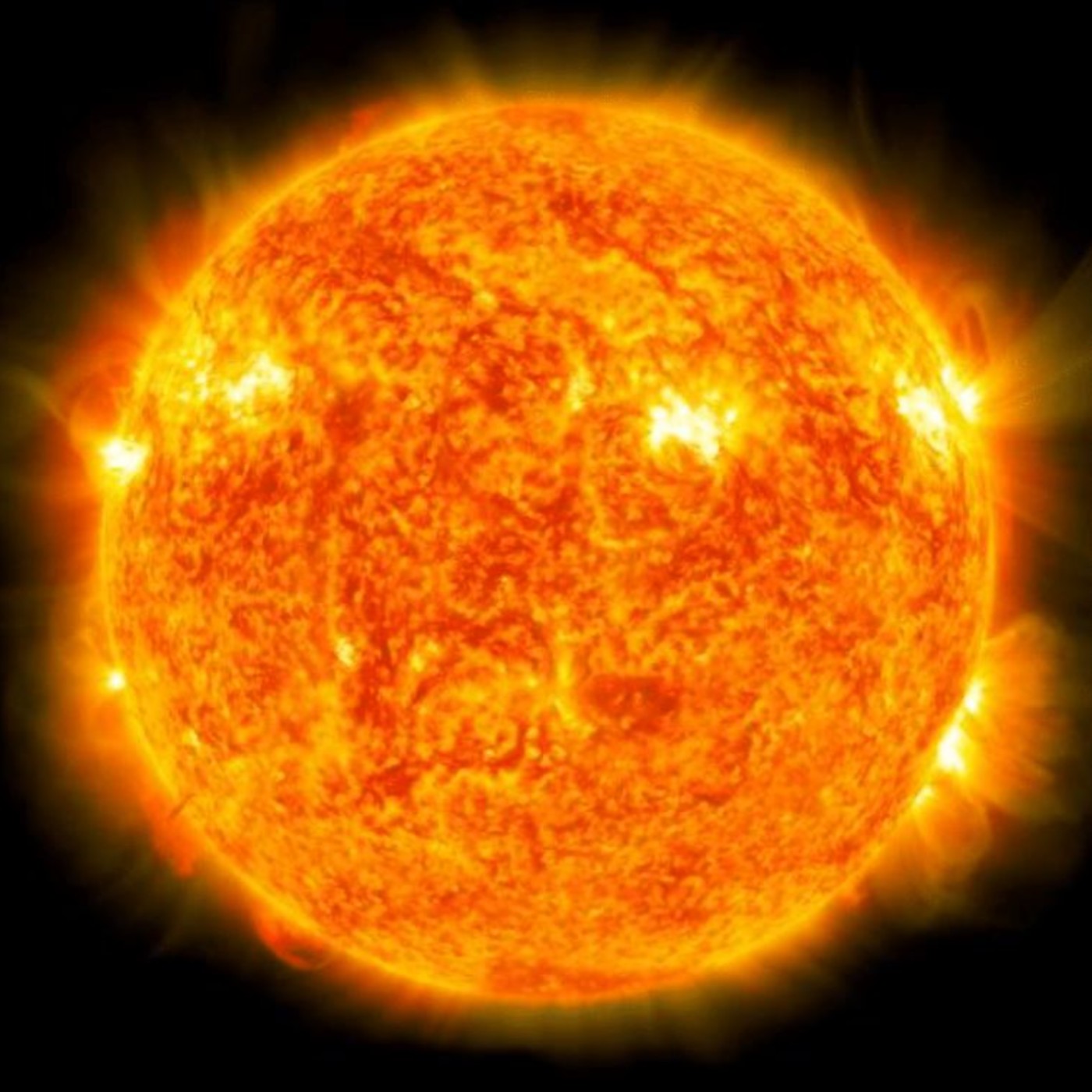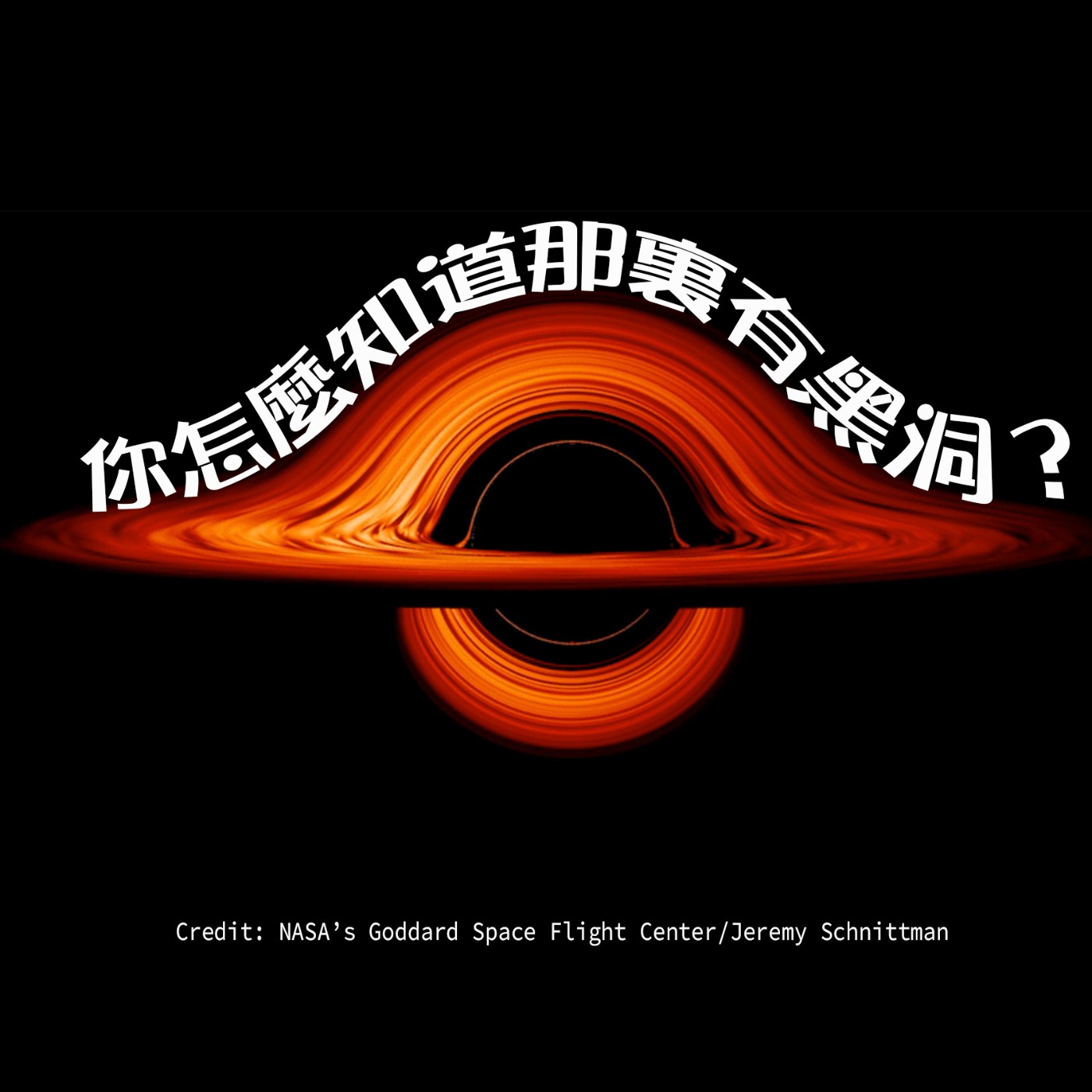要直擊太陽系外的行星就那麼困難嘛?Imaging planets around another star
Description
"地球並不孤單,地球/太陽也不只我們這一組。"這情境,現代人都一清二楚,並不稀奇,但哲學家伊比鳩魯和鄧牧,早分別在西元前3百年和中國的元代都已想到過了,那可算是真厲害。至於,製作出一台望遠鏡來放眼向太空瞭望看看,那就比較更近代一點,已經是第17世紀的事了。
中研院天文所的 Dr. Gilles Otten 幫大家整理這段太陽系外行星從哲學走到科學之路。並解說為什麼非要用望遠鏡直接地看到單一行星不可,理由何在?到底有多難呢?目前為止有哪些技術困難已克服?最大的光學望遠鏡現在蓋到哪兒了?何時能啟用?聽說臺灣也有幫忙貢獻,是嗎?
本集內容為英語。
In this episode, Dr. Otten very briefly summarized how people thought about the issue of "planets around other stars" since millenniums ago.
Also, he will tell us, who firstly coined the word "exoplanet"? Is it easy or hard to discover exoplanets?
What are the challenges needed to be solved in order to photograph exoplanets?
What technical terms like Diffraction limit, Adaptive Optics and Coronagraph actually mean?
What are the current status of the biggest telescopes? Does Taiwan play a role?
Transcribe:
Welcome to Astronomy Podcast produced by Academia Sinica Institute of Astronomy and Astrophysics, or A-S-I-A-A, "ASIA A", a shorten name. Today’s show host: Lauren Huang. We are having Dr. Gilles Otten with us. Gilles is working for ASIAA, in Taiwan, helps building one of the world’s biggest telescope, and today he will tell us about Direct imaging exoplanet around another star. Hi, Gilles, thank you for coming in the middle of a pandemic.
Thank you.
Well, let's start the show! First question, since a long time ago people have thought about planets around other stars. Indeed a long, interesting history about discovering. Important questions we asked and always still want to ask. Gilles, how about… a summarization?
Sure. So there are a lot of written examples of philosophers who have wondered about the existence of planets around other stars. So, for instance, in the third century BC there was a Greek philosopher named Epicurus (伊比鳩魯)who thought there would be an unlimited amount of worlds and even in the 13th century there were philosophers such as the Chinese philosopher Deng Mu (鄧牧) who said it would be unreasonable to assume that there are no other worlds beyond our own. So this is uh…, it sounds almost like science fiction if you look back at it. And some of these philosophers even speculated about life on other planets. But now in the present day with the modern science we can of course form more structured questions than they ever could, like: is the role, the position of our earth unique or eventually we can probably answer this ultimate question whether there's life on other planets using scientific methods, which of course these philosophers never had.
Right, when did modern astronomers start responding to all of these questions and, what did they do?
So only after the first telescopes were invented in the early 17th century things really started to become more scientific. So just -I think- a few years or maybe even in the year after they invented the telescope Galileo Galilei discovered the first moons orbiting Jupiter and seeing this miniature solar system almost orbiting as if it was a tiny solar system like our own. It kind of validated the earlier philosophical comments. So yeah when you realize the earth and its moon are not really in a unique situation, you can really believe that all stars could have planets on their own and of course it didn't stop people from philosophizing, even scientists they can philosophize, but through the invention of this first telescope the first steps were made to this modern astronomy and the eventual discovery of exoplanets only 30 years ago.
So, who invented this word “exoplanet”? Which word do you use in the place where you're from? Is it easy or hard to discover exoplanets?
Yeah so i looked a bit into the history of the exoplanets and how long have people been searching for exoplanets. And even though i think already in the 19th century people were trying to discover extra-solar planets but they would call it a planet around another star or a potential companion and in the end none of these discoveries turned out to be a real exoplanet. But the earliest reference that i could find is from 1943 where a team of astronomers in the US under the director Peter van de Kamp said that they discovered a planet around a star 61 Cygni because they had seen wobbles in the motion of this star. And their team has made many such claims of many exoplanets and maybe they even invented the word or first mentioned the word in a scientific paper. But in the 1970s all of these claims were proven to be just a measurement mistake, a systematic error. But yeah where i'm from in the Netherlands, we use a similar word as exoplanet “exoplaneet” but there's also an other word that people use buitenaardse planeet which means extraterrestrial planet. So after the 70s only in the late 80s the first reasonably convincing discoveries were made of exoplanets. But people were still skeptical in the late 80s and the beginning of the 90s. Until 1992, then there was a discovery by (Aleksander) Wolszczan and (Dale) Frail of a planet around a dead star so-called pulsar with a planet, and the field of extra-solar planet research it really kicked off just after 1995 when they discovered a Jupiter-sized planet around a sun-like star by the team (Michel) Mayor and (Didier) Queloz and since then many thousands of exoplanets have been discovered using various different methods: the radial velocity method, the planetary transit technique, and microlensing, for instance. And up to 2004, exoplanets had only been discovered with these indirect methods, and mostly they discovered planets very close to their stars. So only in 2004, they were able to discover the first exoplanet directly in an orbit around a “Brown Dwarf”. And a brown dwarf, it's such a small star that it doesn't even have nuclear fusion. So because it was so difficult to see it around the regular star the first objects they found directly image planets around was a brown dwarf. And since then only a few dozen exoplanets have been directly imaged, so it's quite challenging.
What challenges needed to be solved in order to photograph exoplanets?
So there are multiple challenges when it comes to directly imaging exoplanets and that's also one of the reasons why it took so long after the first discovery before they they could photograph one directly. The first challenge is that you need to separate the starlight physically from the planet light, so they are seen as two distinct objects instead of just one blurred together object. And then secondly you need to correct the turbulence of earth's atmosphere that would otherwise distort your images when you're observing using ground-based telescopes. And thirdly, you need to suppress the starlight because your starlight can very easily overwhelm the light that you can get from the planet. So it would be ideal if you could somehow switch off the star so you can only get the light from the planet. But yeah we have some we have to use some clever optical tricks to do this. And lastly when you have removed your star light you still need to clean up your images by using all kinds of software techniques to get rid of this last remaining starlight and really reveal the planet.
What is your research interest?
So i did my PhD on coronagraphs which is exactly the method you suppress starlight with. I'm interested in all kinds of instrumental approaches to help support the discovery and the detection of these extrasolar planets.
Very interesting! Any technical terms we need to know before going into further details? …diffraction limits? “adaptive optics”?
yeah so, here for instance, to separate the starlight from planet light, we have to deal with the physical limits of an optical system, and this is called the “diffraction limit”. So the diffraction limit is the smallest angular scale that we can see with any optical system whether it's your eyes or a telescope and for the biggest telescopes we have right now if you're looking at the nearest stars this diffraction limit can easily be the same angular size as the size that we see; well the size of the planetary system that we see. So if you want to reduce the size of this diffraction limit we have to build even bigger telescopes, even bigger than the like the 10-meter-wide telescopes that we're building nowadays. Now the other thing the to correct this turbulence of the earth's atmosphere and the twinkling of the stars that you see at night. We use something called an “adaptive optic” system and it consists out of three components. First of all, a deformable mirror, secondly a wavefront sensor, and thirdly, a control system like an advanced computer, and together these three components they very rapidly measure the distortion that the earth's atmosphere -the turbulence in the earth's atmosphere- induces in our stars and in our planet image and then it uses a deformable mirror like a very thin mirror with all kinds of fingers on the back to [push on] and the mirror can therefore assume any shape and then they can correct the shape of the light a thousand times per second and only with this correction we can reach the diffraction limit from the ground. But now this actually almost routinely occurs in the major telescopes around the world and these telescopes can actually obtain sharper images than even the Hubble Space Telescope. So yeah and to cover these coronagraphs -- these starlight-suppressing devices that i mentioned that i worked on in the past, so they are there to reduce the amount of starlight at the location of the planet, so if we are looking for earth-like planets around a star like our sun then we need to be able to overcome a contrast difference of 10 billion to one. And the most intuitive form of a coronagraph it's called a Lyot coronagraph which is almost like sticking your arm out and p











